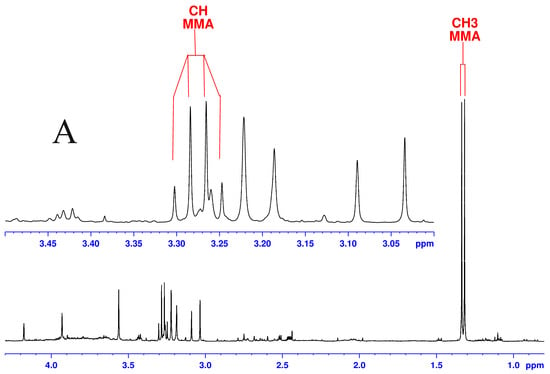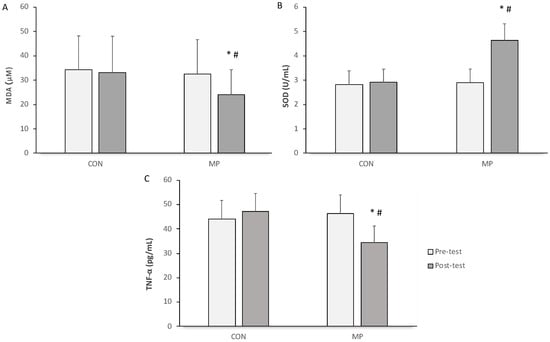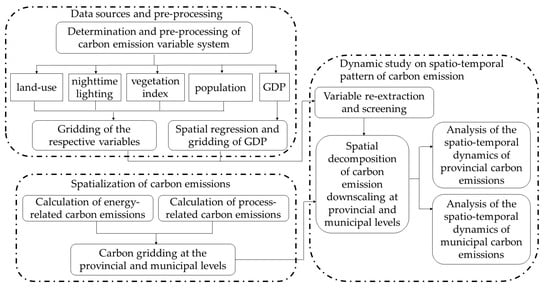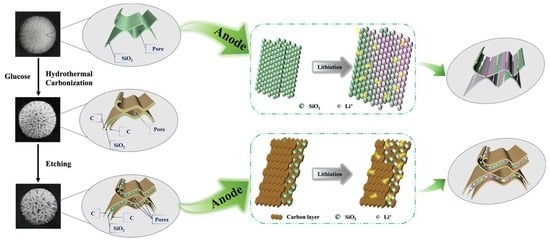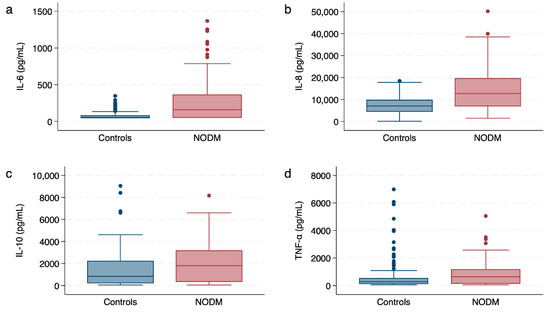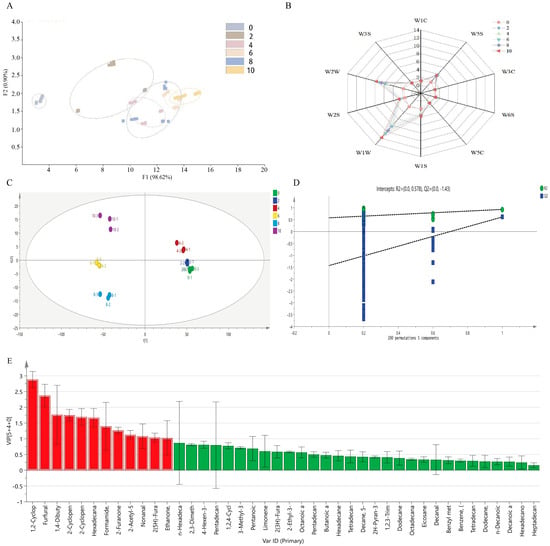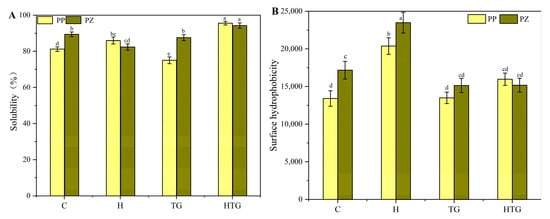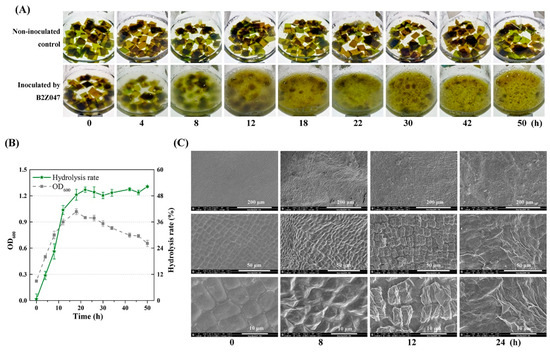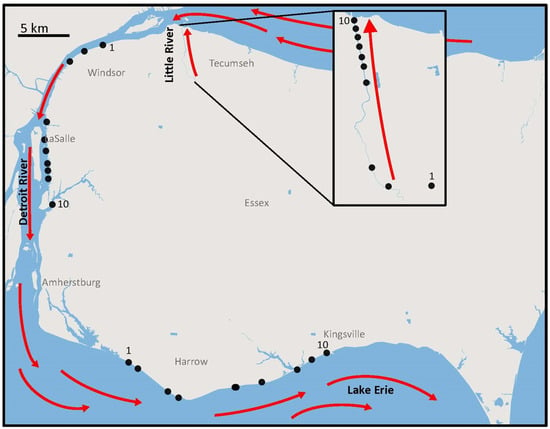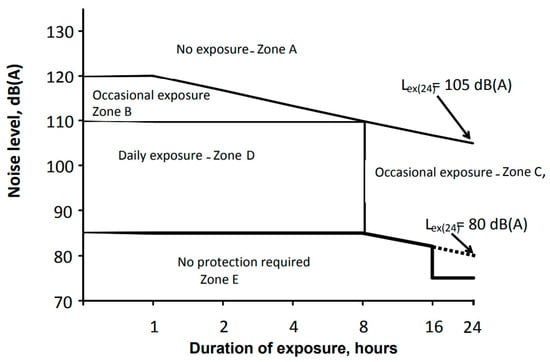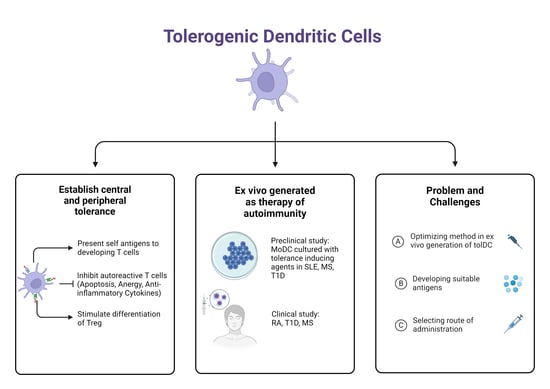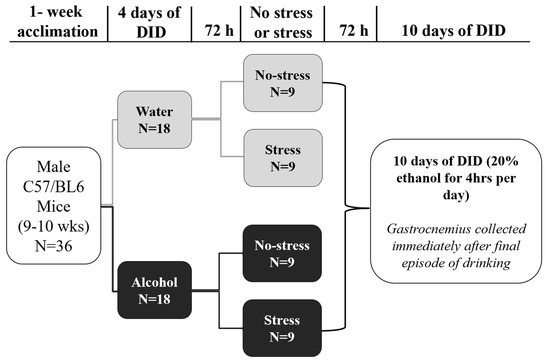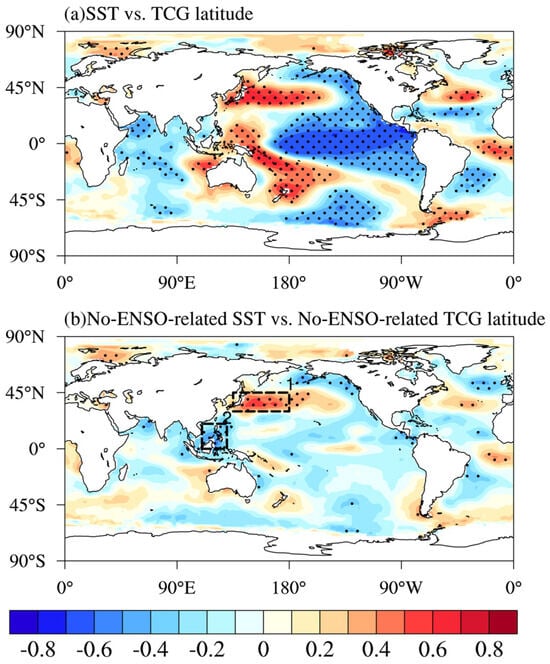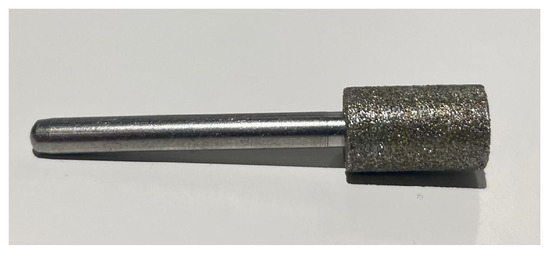Sorghum
(Sorghum bicolour (L.) Moench) is an emerging reliable alternative for
mahewu production. The aim of this study was to evaluate the health-promoting compounds, physicochemical and microbiological properties of sorghum-based
mahewu produced by different traditional brewers in Thohoyandou, South Africa. A total of 18
mahewu samples produced by six traditional brewers (TB1–TB6) were collected and compared for antioxidant, physicochemical, and microbiological properties. Commercial sorghum
mahewu was used as a control sample. The total phenolic content of the
mahewu samples varied from 27.37 to 65.89 GAE /g, with commercial
mahewu having a lower value. The flavonoid content ranged from 0.18 to 0.30 GAE/g, and commercial
mahewu had a higher value. The DPPH scavenging activity and FRAP of
mahewu samples ranged from 44.62% to 49% and 1.47 to 2.36 mg GAE/g, respectively. Commercial
mahewu had a higher DPPH value but a lower FRAP value. The pH of
mahewu varied significantly, ranging from 3.38 to 3.66, but was within the acceptable range. The °Brix values varied from 9.68 to 17.49, with traditional
mahewu samples having higher values than commercial
mahewu. Total titratable acidity ranged from 0.63 to 1.17%. The viscosity ranged from 444.33 to 1297.00 cP, with commercial
mahewu having a higher value. There was a significant variation in the color of the
mahewu samples with respect to L*, a*, b*, C, Hue, and ΔΕ. The growth of yeasts and molds varied from 7.95 log
10 to 8.99 log
10 (cfu/mL) in traditional
mahewu samples, and coliforms ranged from 3.68 to 5.96 log
10 (cfu/mL) and were not isolated in commercial
mahewu. The total plate count ranged from 7.914 to 8.978 log
10 (cfu/mL). The microbiological results show that traditional brewers are meeting the legal limit and can increase their products for commercialization.
Full article
 IJMS
IMPACT
IJMS
IMPACT Applied Sciences
IMPACT
Applied Sciences
IMPACT Sustainability
IMPACT
Sustainability
IMPACT Sensors
IMPACT
Sensors
IMPACT JCM
IMPACT
JCM
IMPACT Energies
IMPACT
Energies
IMPACT Molecules
IMPACT
Molecules
IMPACT Materials
IMPACT
Materials
IMPACT Remote Sensing
IMPACT
Remote Sensing
IMPACT Cancers
IMPACT
Cancers
IMPACT Electronics
IMPACT
Electronics
IMPACT Mathematics
IMPACT
Mathematics
IMPACT Foods
IMPACT
Foods
IMPACT Buildings
IMPACT
Buildings
IMPACT Plants
IMPACT
Plants
IMPACT Nutrients
IMPACT
Nutrients
IMPACT Animals
IMPACT
Animals
IMPACT Polymers
IMPACT
Polymers
IMPACT Water
IMPACT
Water
IMPACT Diagnostics
IMPACT
Diagnostics
IMPACT Biomedicines
IMPACT
Biomedicines
IMPACT Agronomy
IMPACT
Agronomy
IMPACT Microorganisms
IMPACT
Microorganisms
IMPACT Processes
IMPACT
Processes
IMPACT Healthcare
IMPACT
Healthcare
IMPACT Forests
IMPACT
Forests
IMPACT Cells
IMPACT
Cells
IMPACT JMSE
IMPACT
JMSE
IMPACT Medicina
IMPACT
Medicina
IMPACT Viruses
IMPACT
Viruses
IMPACT Agriculture
IMPACT
Agriculture
IMPACT Nanomaterials
IMPACT
Nanomaterials
IMPACT IJERPH
IJERPH
 Land
IMPACT
Land
IMPACT Pharmaceutics
IMPACT
Pharmaceutics
IMPACT Pharmaceuticals
IMPACT
Pharmaceuticals
IMPACT Religions
IMPACT
Religions
IMPACT Biomolecules
IMPACT
Biomolecules
IMPACT Life
IMPACT
Life
IMPACT Micromachines
IMPACT
Micromachines
IMPACT Atmosphere
IMPACT
Atmosphere
IMPACT Antioxidants
IMPACT
Antioxidants
IMPACT Genes
IMPACT
Genes
IMPACT Metals
IMPACT
Metals
IMPACT Symmetry
IMPACT
Symmetry
IMPACT Children
IMPACT
Children
IMPACT Coatings
IMPACT
Coatings
IMPACT Vaccines
IMPACT
Vaccines
IMPACT Horticulturae
IMPACT
Horticulturae
IMPACT Education Sciences
IMPACT
Education Sciences
IMPACT Minerals
IMPACT
Minerals
IMPACT Brain Sciences
IMPACT
Brain Sciences
IMPACT JPM
IMPACT
JPM
IMPACT Bioengineering
IMPACT
Bioengineering
IMPACT




